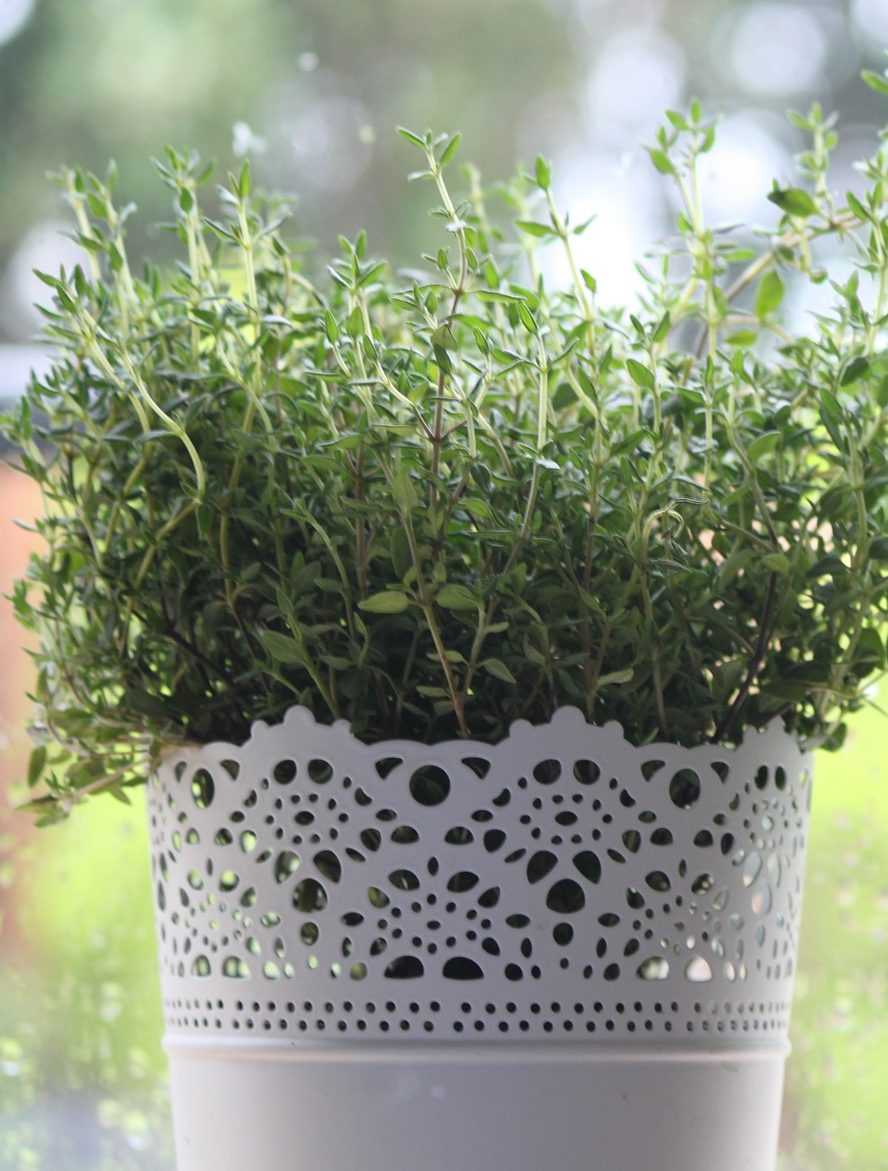How To Grow And Care For A Thyme Plant
If you're interested in growing thyme indoors, you'll be happy to know that there are three key things you need to keep in mind when it comes to caring for this popular herb. With proper maintenance and attention, you can have a healthy and thriving thyme plant in your home in no time! But first, let's take a look at the attributes of this amazing plant.

Plant Attributes
Thyme is a perennial herb that belongs to the mint family. It is native to the Mediterranean and prefers warm, dry climates. Thyme has small, oval-shaped leaves that are arranged in pairs along the stem. It produces tiny, white or pink flowers in the summer months.
One of the most attractive features of thyme is its fragrance. It has a sweet, earthy smell that can help to freshen the air in your home. Thyme also has a number of health benefits, such as its ability to boost the immune system and aid in digestion.
Plant Care
When it comes to caring for thyme, there are a few important things to keep in mind. First and foremost, this plant needs plenty of sunlight. It should be placed in a location that receives at least six hours of direct sunlight each day.
Thyme should also be watered regularly, but not too much. You don't want the soil to become waterlogged, as this can lead to root rot. Instead, water the plant when the soil feels dry to the touch.
In addition to sunlight and water, thyme also needs good soil to grow in. A well-draining potting mix is ideal, as this will help to prevent excess moisture from building up around the roots.
Pruning
To encourage healthy growth and prevent your thyme from becoming too woody, it's important to prune it regularly. This involves removing any dead or damaged leaves, as well as trimming back any new growth that appears too long or leggy.
Thyme can be pruned at any time of year, but it's best to do it in the spring or fall when the plant is not actively growing. Use a pair of sharp scissors or pruning shears to make clean cuts just above a set of leaves.
Propagation
If you want to grow more thyme plants, you can do so through propagation. The easiest method is to take cuttings from an existing plant and root them in water or soil.
To take cuttings, simply select a stem that is at least 4 inches long and has several sets of leaves. Cut the stem just below a set of leaves, then remove the leaves from the lower half of the stem. Place the cutting in a jar of water or a pot filled with moist potting mix. Keep it in a warm, bright location and wait for roots to form.
Potting & Repotting
Thyme can be grown in a variety of containers, including plastic or clay pots. The most important thing is to choose a pot that has good drainage holes to allow excess water to escape.
When it comes to repotting, thyme should be moved to a larger container every one to two years. This allows the plant to continue growing and prevents it from becoming root-bound. Simply remove the plant from its container, gently loosen the root ball, and place it into a larger pot with fresh potting mix.
Common Pests & Plant Disease
Thyme is generally a hardy plant that is resistant to pests and disease. However, it can be susceptible to spider mites, whiteflies, and aphids in some cases.
To keep your thyme plant healthy, monitor it regularly for signs of pests or disease. If you notice any issues, remove affected leaves or branches and treat the plant with a natural insecticide or fungicide.
Common Problems
One of the most common issues that people experience when growing thyme indoors is overwatering. This can lead to root rot, which can be fatal for the plant. To avoid this, make sure you allow the soil to dry out between waterings, and use a well-draining potting mix.
Another common problem is inadequate sunlight. If your thyme plant isn't receiving enough light, it may become weak and spindly. To fix this, move the plant to a sunnier location or use artificial lighting to supplement natural light.
With these tips in mind, you can successfully grow and care for thyme in your home. Whether you use it for cooking, aromatherapy, or simply as a decorative plant, thyme is a wonderful addition to any indoor garden.




Post a Comment for "How To Grow And Care For A Thyme Plant"